MEXICO CITY. —
A few months ago, several employees of a high-end restaurant in Mexico City filed a damning complaint: The restaurant had a segregation policy in which the best tables were reserved for customers with lighter skin.
The idea that whiter Mexicans would receive preferential treatment was not surprising in a country where darker-skinned people have long earned less money, received fewer educational opportunities, and been nearly invisible in the media. But the ensuing public outrage was.

Within days, activists organized a boycott and the city launched an investigation into the Sonora Grill Prime restaurant, which denied the allegations. Numerous public figures highlighted the scandal as evidence of widespread fanaticism. “Racism is real,” Mayor Claudia Sheinbaum told reporters, using a word that has long been considered taboo. “We have to accept that it exists and fight against it.”
For much of Mexico’s modern history, many denied that racism existed here.
They embraced the nation’s founding myth that its people are mestizo, a single mixed race of indigenous and Spanish blood, insisting there could be no prejudice because all Mexicans were the same.
But a growing social movement is challenging this idea, bringing the debate about discrimination based on skin color to the forefront.
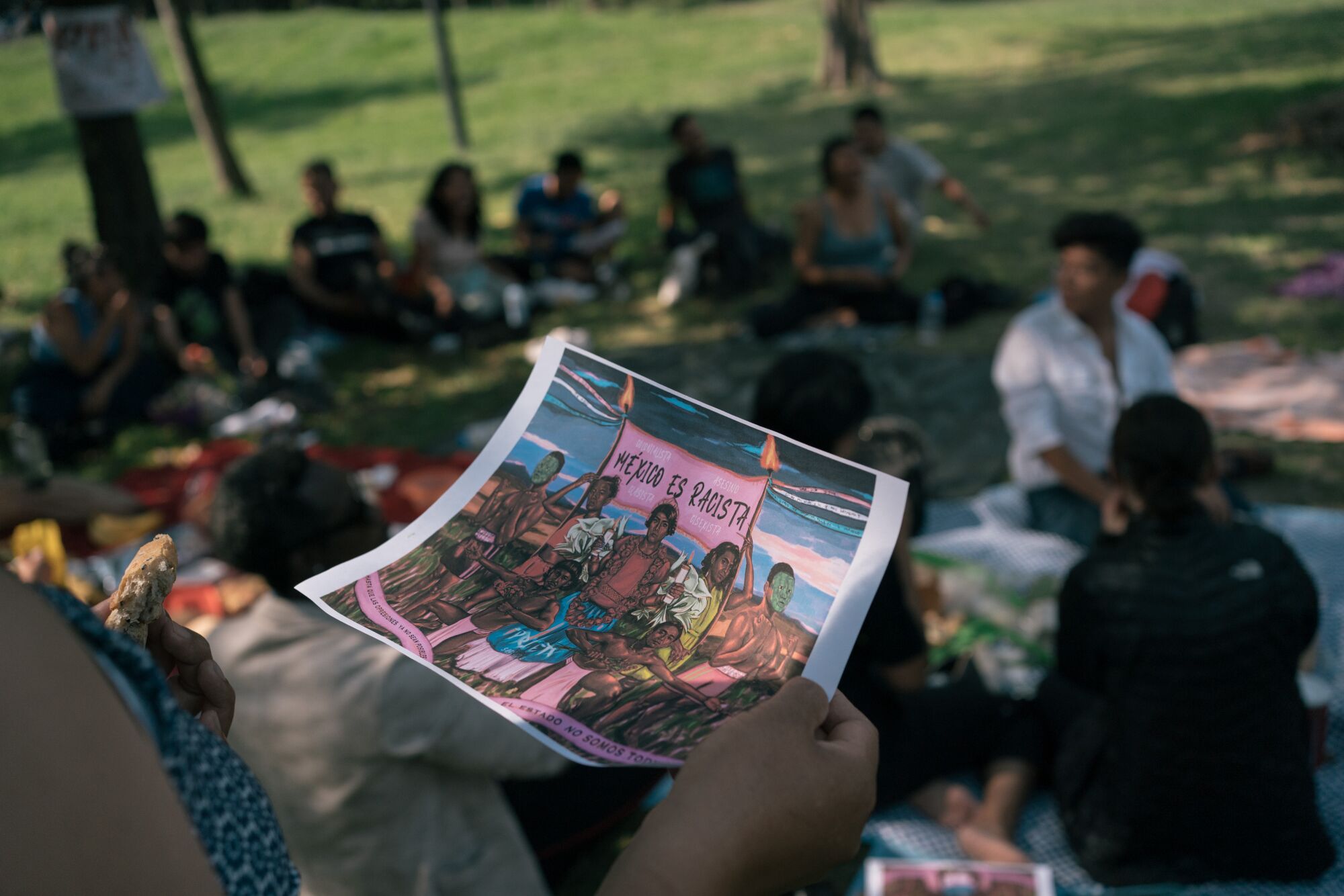
Activists have pushed for more diversity in the film and television industry and have launched campaigns to end police profiling.
Through Twitter and TikTok, they have denounced businesses and celebrities for discrimination and popularized a new term — whitexican, a mix of the words white and Mexican — to refer to the country’s wealthy, light-skinned elite.
The movement has found a powerful ally in President Andrés Manuel López Obrador, a tan-faced leftist from Tabasco state whose family has been the target of racist smears, and who has highlighted the problem of racism like no other leader in history.
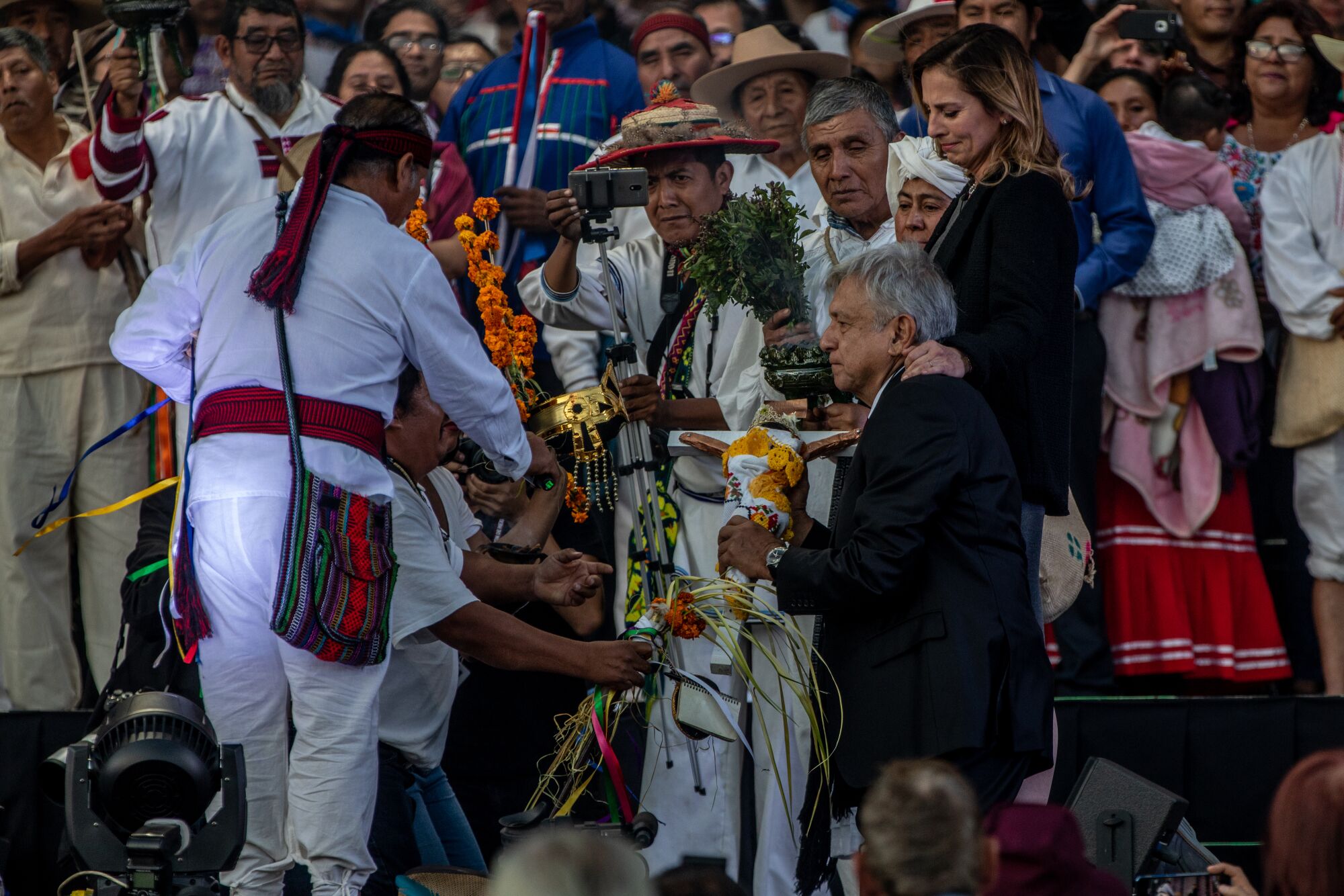
In recent days, activists here have watched a scandal unfold in Los Angeles that feels remarkably close to home.
When three Latino members of the Los Angeles City Council were recorded making fun of indigenous Mexicans for being short, dark-skinned, and ugly, “I was not surprised at all,” said José Antonio Aguilar, founder of the group Racismo MX.
“Of course, the racism that we experience here is exported to immigrant communities in the United States,” he said.
The scandal reminded him of a secret recording that came to light in 2015, in which the head of Mexico’s electoral institute was caught mocking the leader of an indigenous group. The official kept his position, but in recent months student activists have revived the recording to protest his appearance at a university event.
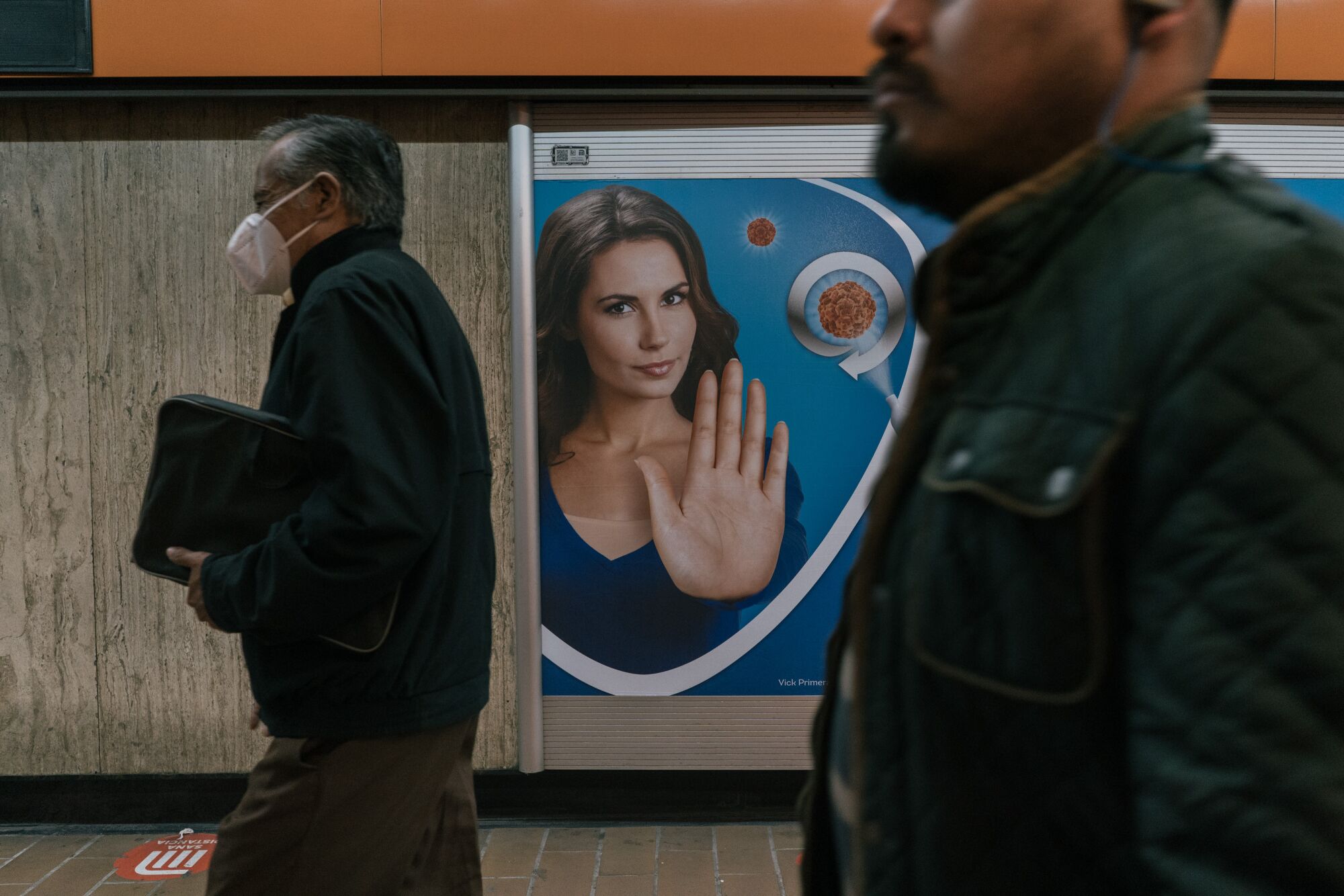
Mexico’s new racial reckoning has been met with resistance from parts of society, with some of the country’s leading media personalities accusing activists of importing radical ideologies from the United States and seeking to divide of the nation through the racial issue.
“They’re just looking to separate us,” a light-skinned presenter from the ADN 40 news channel said this week during a roundtable discussion on diversity in the media.
“How can they talk about not discriminating when that’s what they’re doing?” one guest replied. “There are Mexicans with red hair. There are whites. Now they don’t let them appear in the movies because they don’t represent Mexico? To me, that’s discrimination”.
Much of the activists’ work has focused on a basic first step: getting their compatriots to recognize that Mexico is a country with racial differences, even if it lacks the more rigid racial categories of a place like the United States.
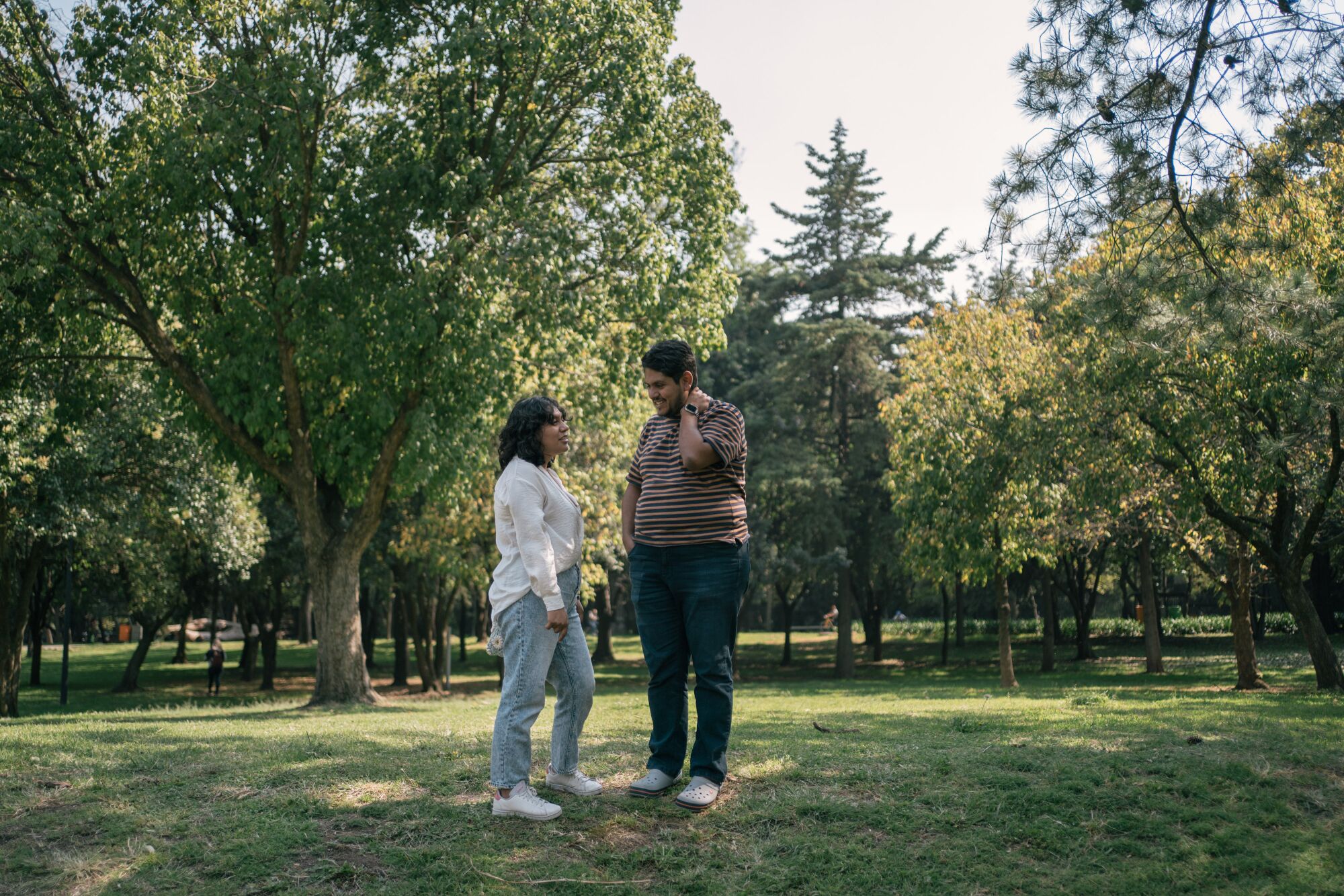
“If all your life you have been told that we are all the same, that we are all brothers, half indigenous and half Spanish, you cannot really question how they treat you,” said Julián Gastellou, a 30-year-old industrial designer who recently began to identify as Afro-Mexican. and belongs to a group that teaches workshops on “Racism 101”. “So first you have to educate.”
Monserrat Ramos, a 26-year-old lawyer from Oaxaca state who founded the group Basta Racismo MX, said acknowledging racism in Mexico requires opening “deep, deep colonial wounds.”
If slavery was the original sin of the United States, colonialism was in Latin America.
The Spanish conquest of the New World five centuries ago established a caste system in which social position was largely determined by a person’s racial mix. At the top of the scale were those of European descent, followed by those of colonial and indigenous heritage. At the bottom were the indigenous people, followed by the black slaves.
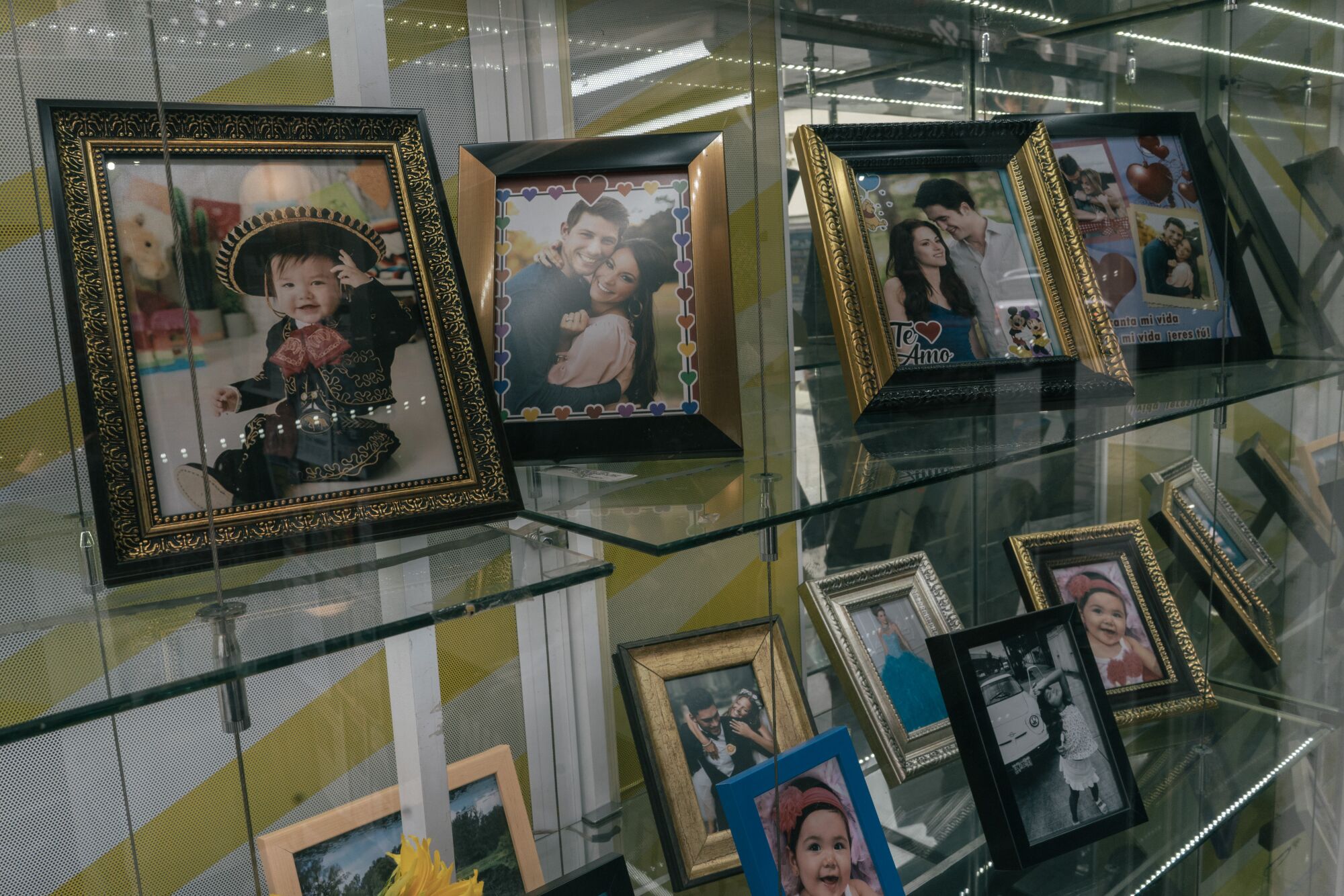
After the Mexican Revolution, a bloody seven-year struggle that ended in 1917, the leaders of the new republic promoted an ideology that would unify a fractured nation.
At its center was the figure of the mestizo, a concept that would be adopted throughout Latin America.
José Vasconcelos, who championed the concept as Mexico’s first education minister, described it in 1925 as a “cosmic race” of the future, with all the “virtues of the Indians and Europeans.”
Mexicans were taught that they lived in a post-racial society. In 1994, the country’s representative to the United Nations Committee for the Elimination of Racial Discrimination acknowledged that classism and sexism were prevalent, but insisted that “the phenomenon of racial discrimination” did not exist in Mexico.
So ingrained was this belief that the country rarely asks detailed questions about race in Census surveys, making it difficult to study the relationship between skin color and socioeconomics.
A rough measure of race is language, with an estimated 6% of the population speaking at least one of the country’s dozens of indigenous languages. But that doesn’t capture the variety of skin tones here.
In recent years, scholars have developed a new research method. Before asking about a person’s life, they rate the respondent’s skin tone on an 11-point color scale from darkest to lightest.
The results have been surprising.
A 2017 study published by Vanderbilt University’s Latin American Public Opinion Project found that people with whiter skin had completed 11 years of schooling on average, compared to five years for people with darker skin. .
Earnings are also related to skin color, with dark-skinned people earning 52% less than their whiter compatriots.
Not that this is too surprising in a country where the word “Indio” is commonly used to describe someone who is lazy and where parents and grandparents advise young people to find a light-skinned partner “to improve the race.” .
Within families and groups of friends, the lighter-colored person is often nicknamed güerito, or “blanquito”, and those with darker skin, “negrito”. Depending on the tone and context, the words can be insults or terms of endearment.
In film and television, darker-skinned actors are often relegated to the roles of servants and criminals. A casting call for an Aeroméxico advertisement in 2013 said that people with “dark skin” should refrain from appearing.
Racial inequality is equally visible in many households, where women employed in cooking, cleaning and babysitting are often dark-skinned or indigenous. It is not uncommon for apartment buildings to bar these workers from public areas, or to have elevators designated specifically for them.
“The animals are treated better than us,” said Marcelina Bautista, who was 14 years old when she left her town in the state of Oaxaca to find work in the Mexican capital, where she walked the streets until she found a sign that said : “Servant wanted”.
Bautista, now 56, founded Mexico’s first domestic workers’ union. He asserts that racism is inextricable from classism, since most of the country’s poor are also darker skinned.
The anti-racist social movement in Mexico has a history.
The Zapatista uprising of 1994 presented itself as a revolution against neoliberalism, but also protested the marginalization of indigenous communities.
Afro-Mexicans, who claim their very existence has been erased by mestizo ideology, lobbied the Mexican government to include a question about black ancestry in the national census in 2020, for the first time in two centuries. The census revealed that some 2.5 million of the 127 million Mexicans identify as black.
But the dramatic conclusions of the academic studies showed that the problem in Mexico was greater than the simple historical marginalization of the communities. This was a “pigmentocracy,” in the words of scholar Edward Telles, in which skin color is the single most important determinant of a person’s economic and educational achievement.
The findings slowly translated into activism.
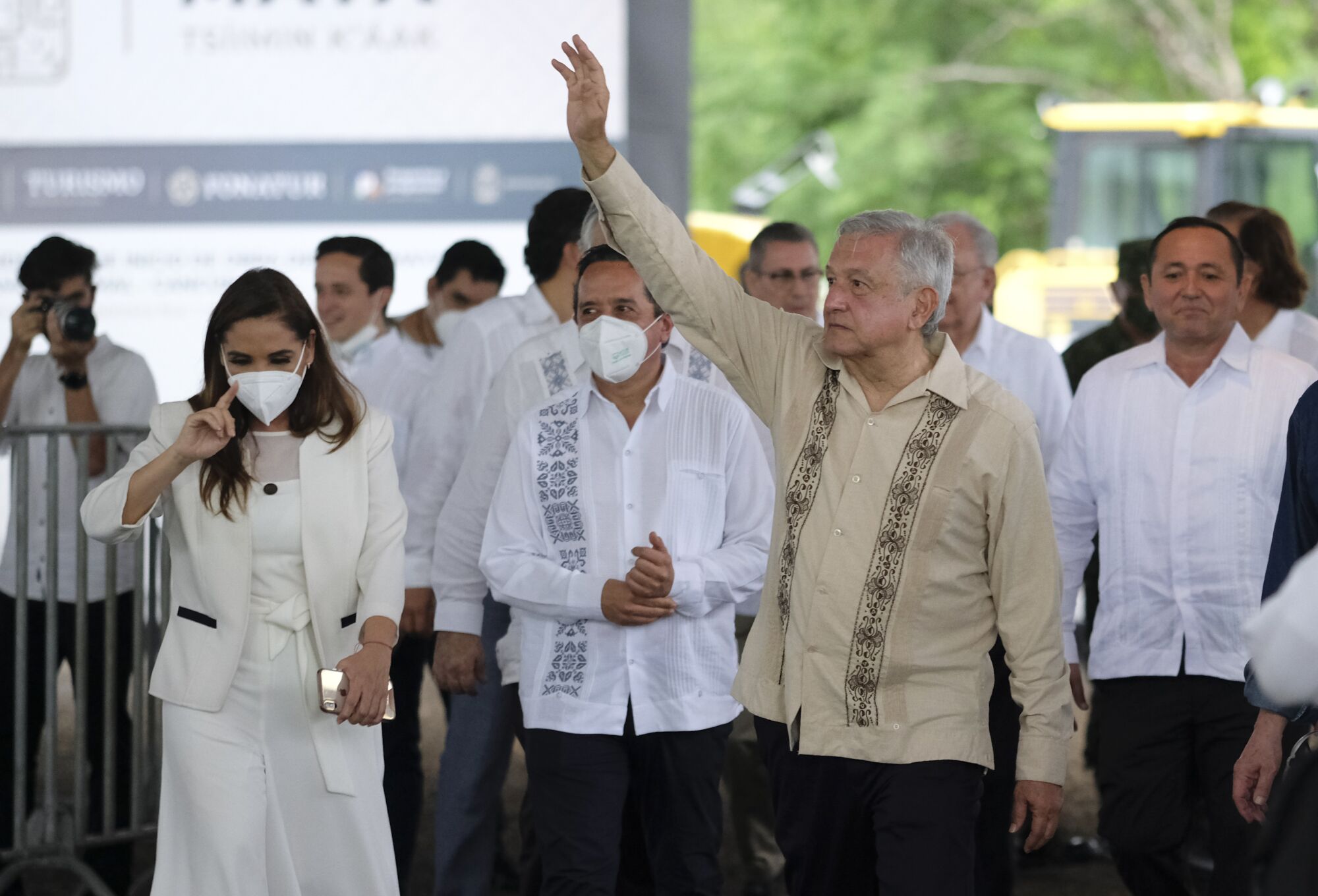
The cause received a major boost with the election of López Obrador in 2018. At his inauguration, he received a traditional cleanse during an indigenous ceremony and promised to support indigenous groups that “live with oppression and racism, with poverty and marginalization.”
Two years later, a popular comedian was forced to apologize after calling the president’s dark-skinned youngest son a “chocolate custard.”
At this year’s annual Independence Day celebration, in which the president traditionally shouts “Viva México!” Before a screaming crowd, López Obrador added a new phrase: “Death to racism!”
Another turning point was the 2018 Oscar-winning film “Roma,” starring Yalitza Aparicio, a Oaxacan who became a lightning rod for discussions of race.
She was teased by comedians and a major soap opera star, who used a racial slur when referring to her. But her acclaim—she was nominated for an Oscar for best actress and graced the covers of Vogue Mexico and Vanity Fair—also made her a role model for many.
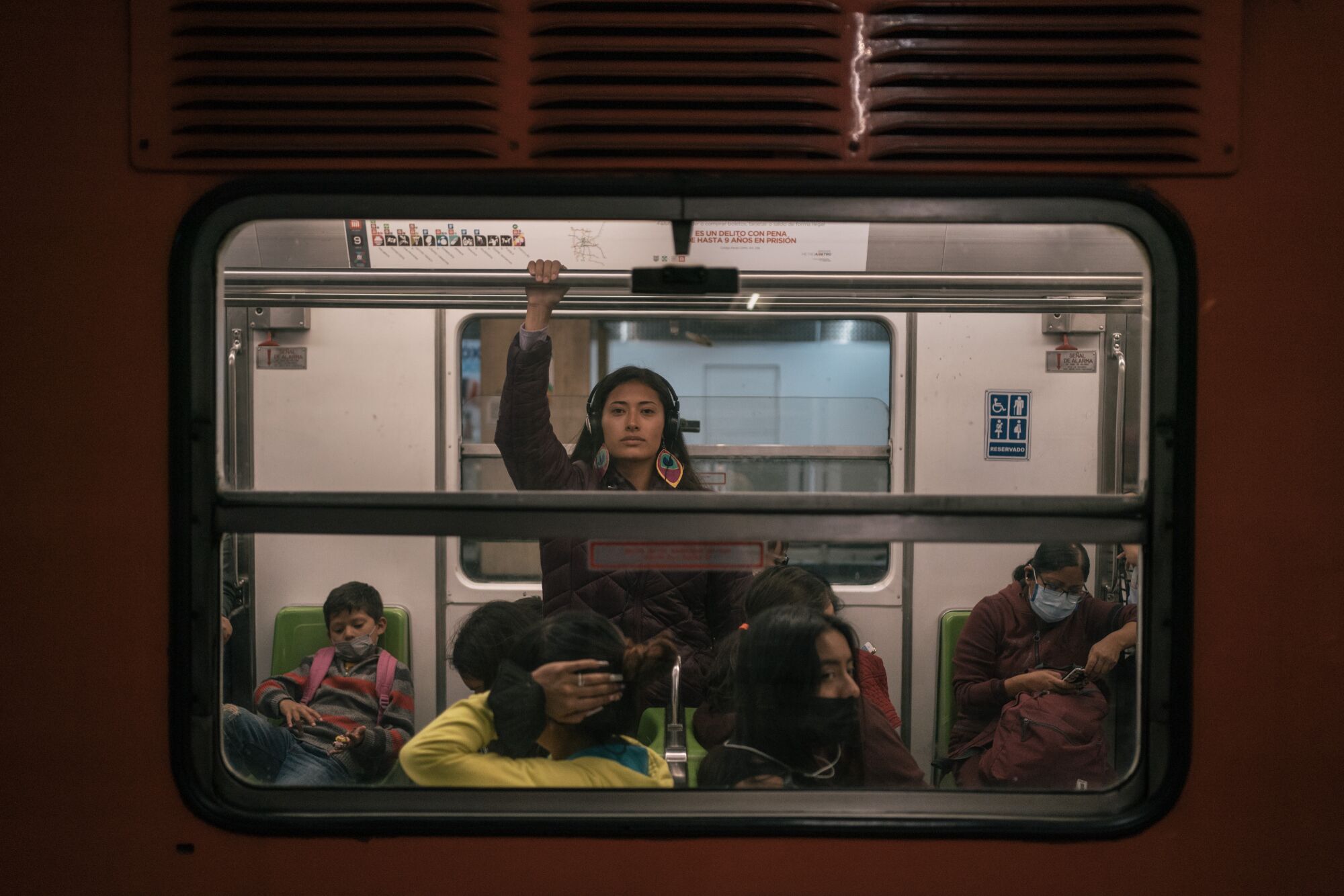
“It was a crucial moment, to have all this focus on an indigenous woman,” said Aketzaly Verástegui, an actress with the group Poder Prieto, which pushes for diversity in film. “When I grew up and watched television, I never saw faces that looked like mine.”
Many of the country’s anti-racist groups formed online during the COVID-19 pandemic, some of them inspired in part by the Black Lives Matter protests that erupted across the United States following the death of George Floyd at the hands of police in 2020.
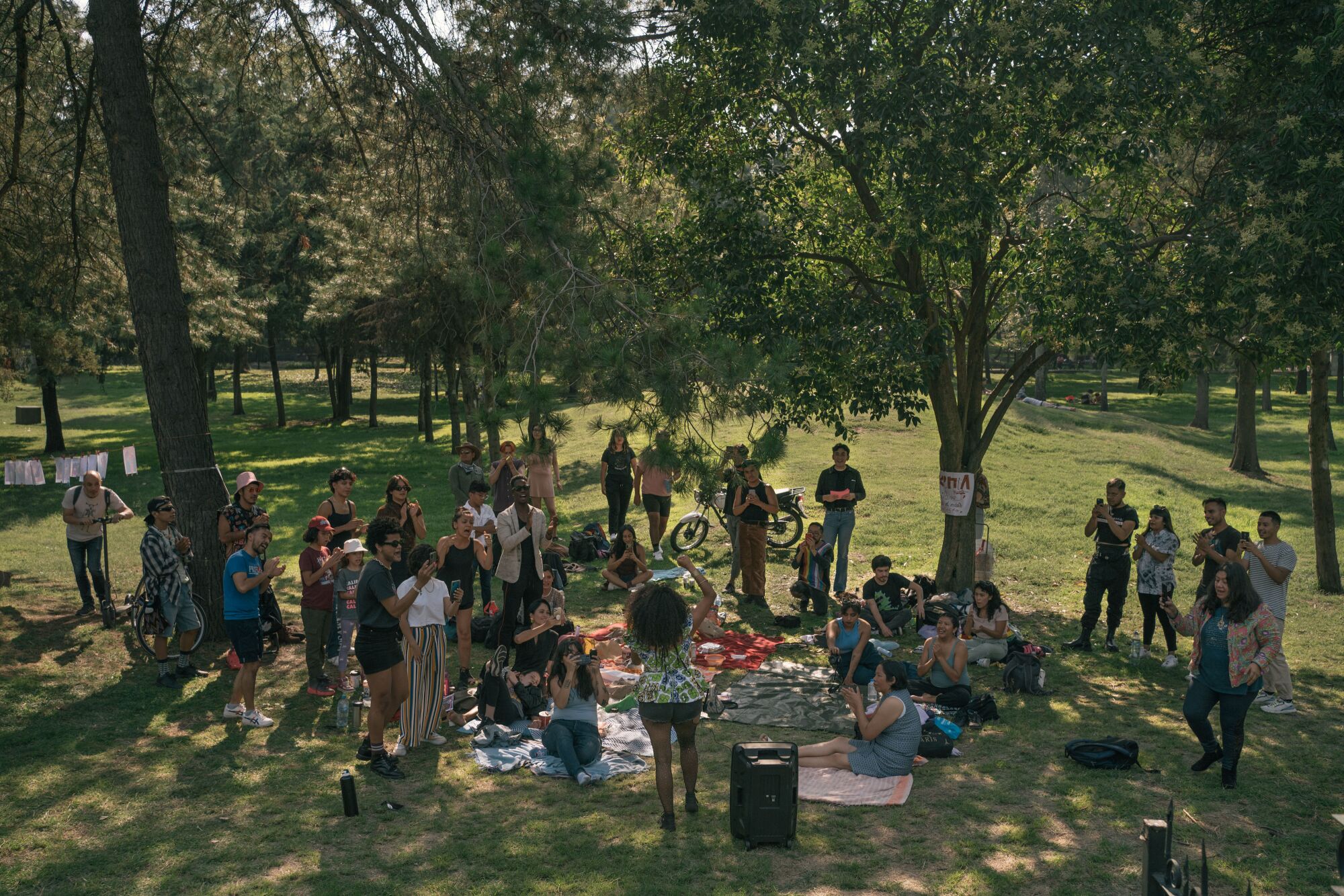
On a recent afternoon, several of the new groups gathered for a picnic in Chapultepec. It was the first time many of the activists had met in person. The group, made up of about 40 people, sat in a circle and introduced themselves one by one.
Several described a childhood in which their mothers tried to change their complexion with skin-lightening products. One young man said that, upon breaking up with him, an ex-girlfriend had told him: “I can’t believe I’ve been with a brown and ugly person.”
An actress who has led the movement for film industry integration, Maya Zapata, described her frustration with getting her light-skinned colleagues to recognize that the country is stratified by skin tone.
“Do you see the color of the people who work in this hotel?” he implored a group of them recently. “Do you see the color of the guests?”
“No, I don’t see the color!” replied his colleagues.
Over toast and chicken, another woman described her painful relationship with race. With her straight brown hair and honey-colored skin, she stood out in her family of African descent, who often referred to her as white.
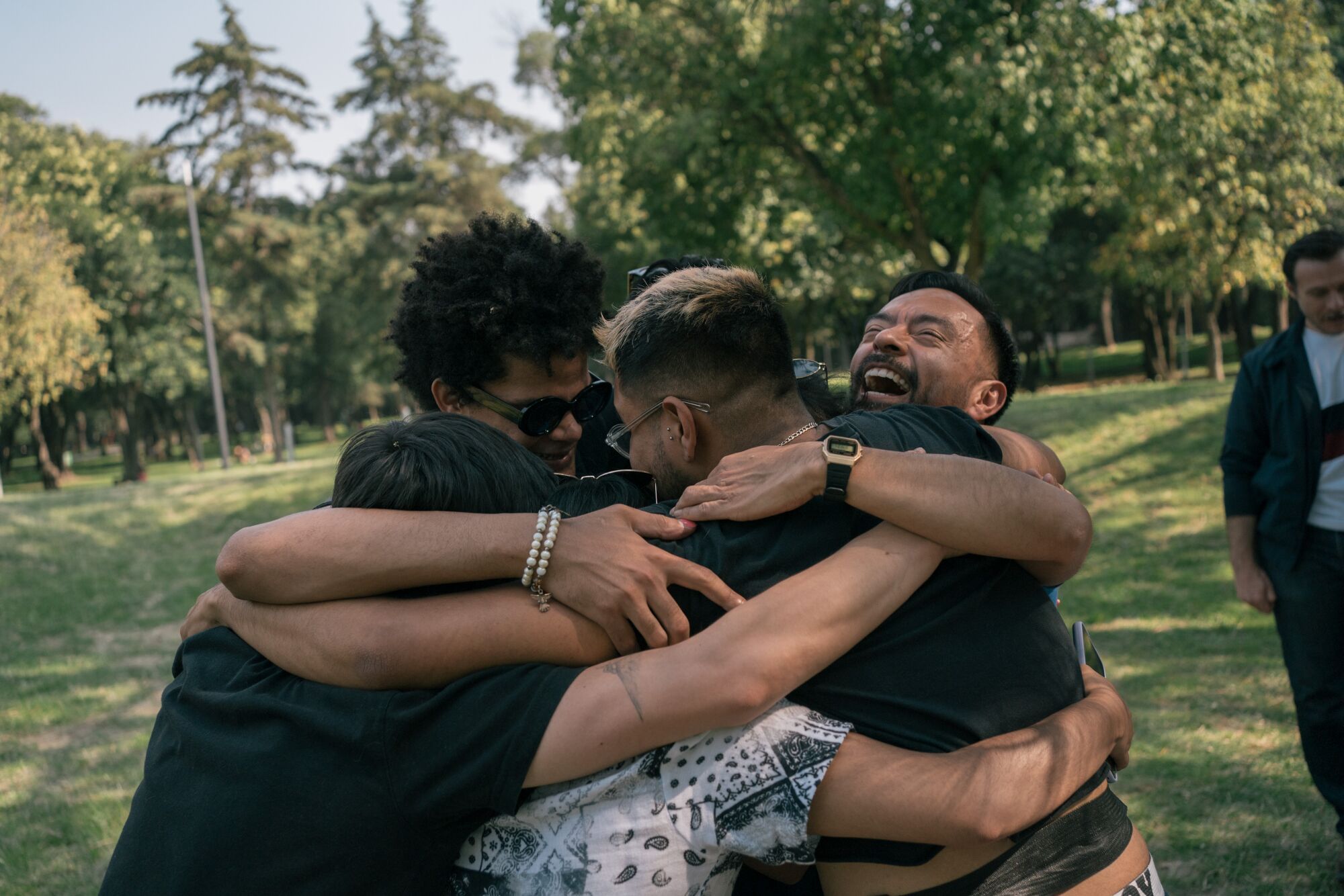
However, in the luxury areas of Mexico City, he is considered dark-skinned.
“This has left me very confused,” she said.
The woman began to cry and her young daughter ran to hug her.
“When I was a baby, I was super white,” the woman continues. “I was worried that people would think she stole it.”
Others came up to give him hugs.
“Thank you,” she said. “They have helped me find myself.”
Cecilia Sánchez of The Times Mexico City bureau contributed to this report.
Source: sandiegouniontribune.com




